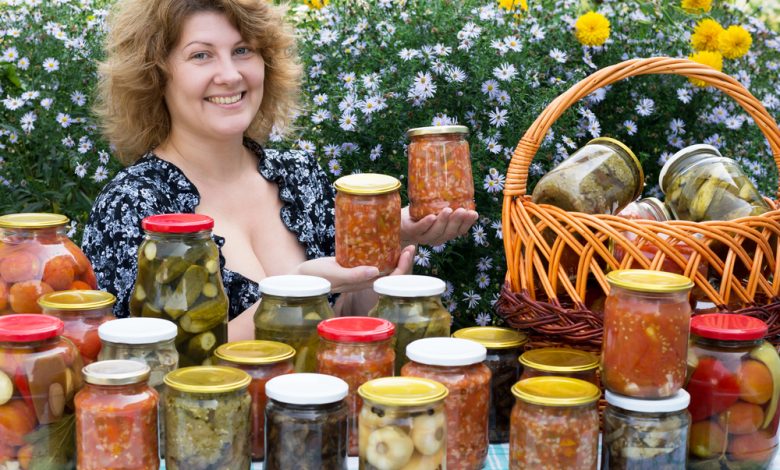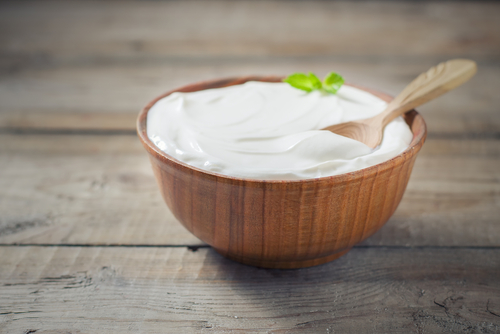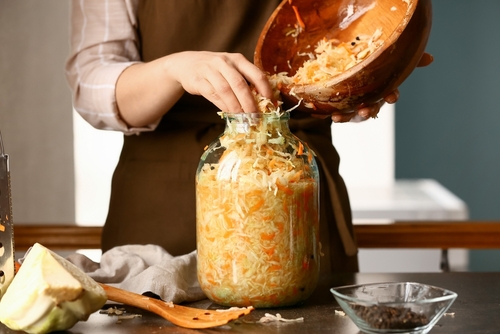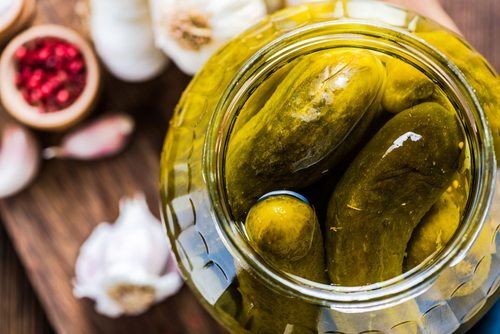Fermented Foods for Gut Health During Long-Term Collapse – Survivopedia

In a long-term grid-down event, refrigeration disappears and grocery shelves empty fast. When that happens, the ability to preserve food safely becomes as important as defending your home. Fermentation is one of the oldest and most reliable preservation methods. It relies on salt and naturally occurring bacteria that convert sugars into lactic acid. This creates an acidic environment that prevents spoilage and harmful bacteria from taking over.

These living bacteria, called probiotics, strengthen the immune system, improve digestion, and reduce inflammation. Fermented vegetables can even gain nutrients such as vitamin B12 that fresh produce does not contain. In a survival situation, fermented foods provide both nutrition and gut balance when stress, poor diet, or lack of sanitation threaten health.

Yogurt Without Electricity
Yogurt brings protein, calcium, and beneficial Lactobacillus cultures that protect the gut. Off-grid, the easiest option is mesophilic yogurt. It cultures at normal room temperature, between 68 and 80°F, and does not require heating. Add a mesophilic starter culture to fresh cow or goat milk. Cover the jar loosely and leave it on the counter for 12 to 18 hours until it thickens. Historically, homesteaders let milk culture for up to two days to develop a tangy, shelf-stable yogurt.
Once the milk thickens, move the jar to a cool pantry, root cellar, or springhouse to slow fermentation. For thicker yogurt, use a thermophilic culture instead. Boil the milk, cool it to 110°F, add live culture, and keep it warm near a wood stove or wrapped in blankets for six to eight hours.
Storage and safety: Always start with fresh, clean milk and sterilized jars. Begin fermentation within 24 hours of milking. Do not reduce the amount of starter, since proper acid levels prevent contamination. After the yogurt sets, store it in a cool place. Root cellars keep food at 32 to 40°F with high humidity, which slows microbial growth. In warm climates, use a springhouse—a small stone structure over flowing water that stays near 45°F. Discard any yogurt with a foul smell or mold.
Kefir for Immune Resilience
Kefir is a drinkable fermented milk made with kefir grains, small clusters of yeast and bacteria that look like cauliflower. It is rich in probiotics, vitamins, and minerals, and low in lactose. Studies show kefir can improve cholesterol, blood sugar balance, and weight control, while strengthening the immune system.
To make it, place a tablespoon of hydrated grains in a quart jar. Add three cups of milk, cover with a breathable cloth, and let it sit at room temperature for 24 hours. Stir gently to keep grains submerged. Once the milk thickens and tastes tangy, strain out the grains and use them for the next batch. The strained kefir can be consumed immediately or left to ferment another 12 to 24 hours with fruit or honey for better flavor.
Storage and safety: Keep kefir cool after fermentation. A root cellar or springhouse will slow souring. Avoid prolonged contact with metal utensils, as they weaken the grains. If the liquid separates into curds and whey, stir and strain sooner. Discard any grains that smell rotten or change color.

Sauerkraut: Probiotic Cabbage
Sauerkraut is cabbage preserved in salt brine. It provides fiber, vitamin C, and beneficial lactic acid bacteria that keep digestion healthy. To make it, shred one medium head of cabbage, about two pounds, and mix with one tablespoon of non-iodized salt. Massage until enough liquid forms to cover the cabbage. Pack it tightly into a jar or crock until it is submerged in its own brine.
During fermentation, check it every few days to keep the cabbage under liquid. Fermentation at 60 to 70°F takes about two to four weeks. Cooler temperatures slow the process, while hot conditions above 80°F make cabbage soft and prone to spoilage.
Storage and safety: Keep the correct salt ratio, about two percent of the cabbage weight. Use a weight or brine bag to keep the cabbage submerged. Once the kraut tastes pleasantly sour, move it to cold storage. A sealed jar kept in a refrigerator or cellar will last for several months. Remove any surface scum or mold before use.

Lacto-Fermented Pickles
Fermented pickles supply electrolytes and probiotics while adding variety to stored food. To prepare them, dissolve two tablespoons of kosher salt in one quart of water. Trim and wash fresh cucumbers, removing blossom ends. Pack them in a jar with dill, garlic, and a tea bag for tannins, which keep the pickles crisp. Pour the brine to cover and place a weight on top so every cucumber stays submerged.
Keep the jar out of direct sunlight for three days at room temperature. When the brine turns cloudy, taste one pickle. For stronger flavor, ferment up to two more days before moving to cool storage. Pickles continue to develop flavor over a week and will last at least two months in a cellar.
Storage and safety: Always use firm, unblemished cucumbers and non-iodized salt. If you lack a fermentation airlock, loosen the lid once a day to release gas. Keep all produce submerged and skim off surface scum. Ideal temperatures are 70 to 75°F. Cooler rooms slow the process, and hot conditions soften the cucumbers.

Off-Grid Storage: Root Cellars, Springhouses, and Cool Pantries
Fermented foods last longest when kept cool and dark. A root cellar provides steady cold temperatures around 32 to 40°F and high humidity. Traditional cellars are dug into the earth or built against a hillside, using soil as insulation. Fresh air must circulate through vents so moisture and gases can escape. A dirt floor or damp sand helps maintain humidity and keeps foods from drying out.
Springhouses are another proven method. These small stone buildings sit over natural springs, and running water keeps the air cool and moist. Temperatures usually remain near 45°F, perfect for yogurt, pickles, and sauerkraut stored in sealed crocks. If you lack a spring, a cool pantry built on the north side of the house works well. Use earthenware or glass jars, cover with cloth to block insects, and keep them away from sunlight.

General Fermentation Safety
Safe fermentation begins with clean tools and quality ingredients. Start fermentation within a day of harvesting vegetables or milking animals. Use food-grade containers, non-iodized salt, and maintain fermentation temperatures between 70 and 75°F for three to four weeks. Lower temperatures slow the process; higher ones cause spoilage. Skim surface scum regularly and handle food with clean hands and utensils.
Once the product tastes as you like, move it to cold storage in a root cellar, springhouse, or pantry. These methods extend shelf life for months without refrigeration or electricity.
Fermented foods are living allies that preserve nutrition, protect the gut, and keep your body strong when modern systems fail.













